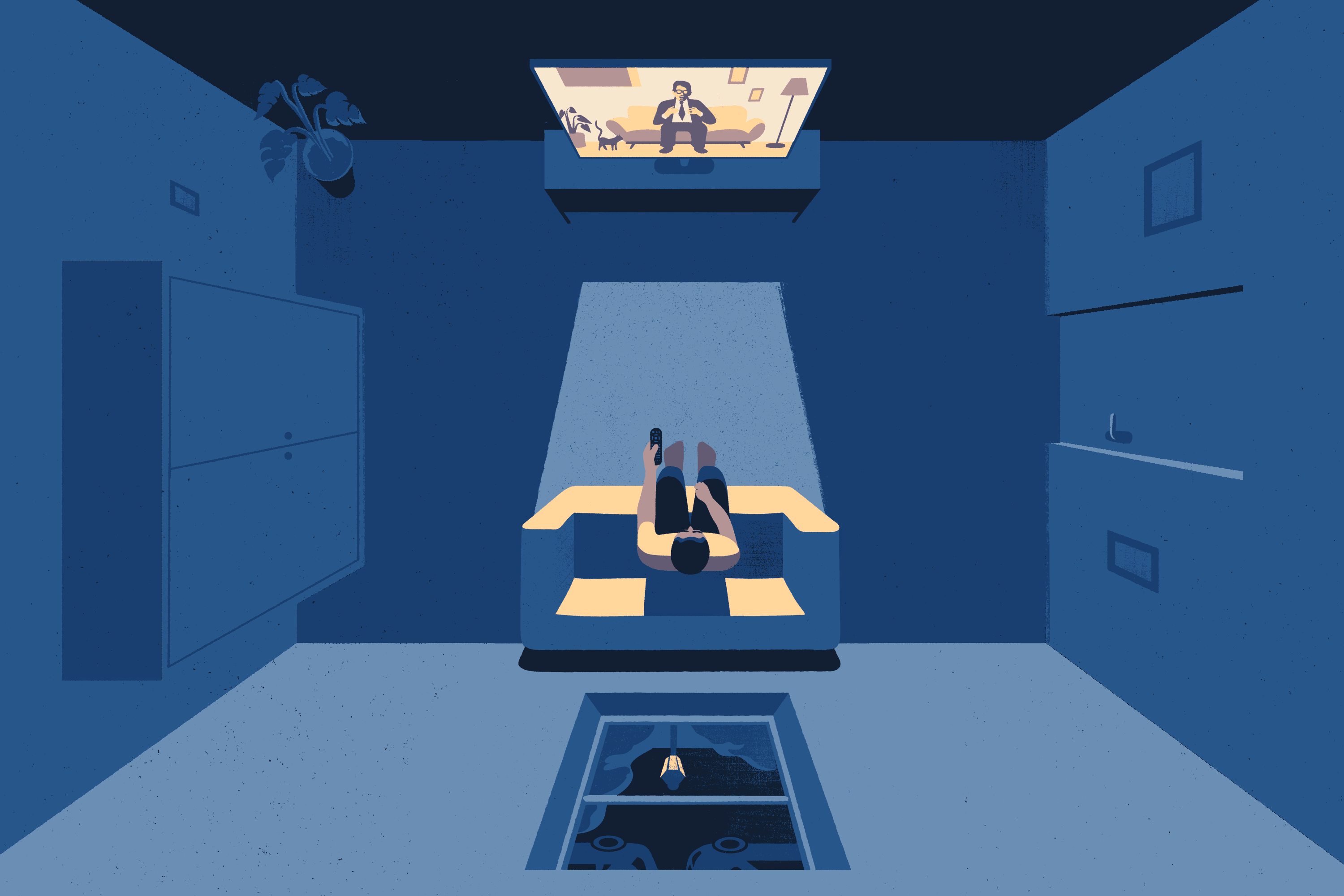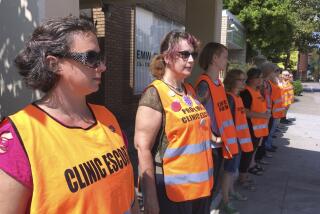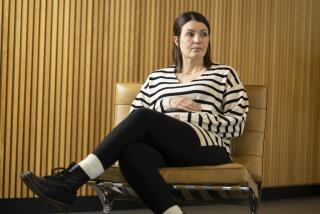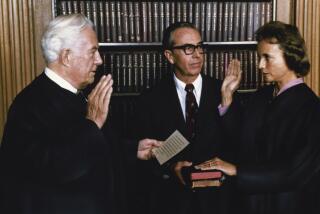Timeline: Key events in the life of Norma McCorvey, aka Jane Roe
Three years after her death in 2017, Norma McCorvey, the plaintiff in the landmark abortion-rights case Roe vs. Wade, is still making headlines. This time it’s for her self-described “deathbed confession” in the new documentary “AKA Jane Roe,” in which McCorvey, who famously came out against abortion in 1995, says she was paid to do so by antiabortion groups, including Operation Rescue.
“It was all an act. I did it well too. I am a good actress,” McCorvey says in the film. She also clearly states her support for reproductive rights: “If a young woman wants to have an abortion, that’s no skin off my ass. That’s why they call it choice.”
“AKA Jane Roe,” directed by Nick Sweeney, premieres Friday night on FX, and will be available on Hulu starting on Saturday. Here is a timeline of key events in McCorvey’s life, including archival coverage from The Times:
Norma McCorvey, also known as ‘Jane Roe,’ says she was paid to be an antiabortion activist in a new documentary filmed before her death.

1947: Norma McCorvey is born in Simmesport, La.
Born to an Army private and a waitress who divorced when she was 13, McCorvey recounts a troubled adolescence in both “AKA Jane Roe” and her 1994 memoir, “I Am Roe.” She spent time as a runaway and in reform school before dropping out of high school at 16. At 17, according to a 1989 story in The Times, she married 24-year-old Woody McCorvey, a twice-divorced sheet-metal worker she had known only about six weeks, then moved with him to Los Angeles.
She gave birth to her first child, who was raised by McCorvey’s mother, in 1965, and her second child, placed for adoption, in 1967.
1970: McCorvey, pregnant for third time, joins legal challenge
More than two months pregnant and working as a ticket seller for a carnival freak show, McCorvey meets attorneys Sarah Weddington and Linda Coffee, then preparing to contest Texas’ highly restrictive law regarding abortion.
“The lawyers were looking for a plaintiff who wanted to terminate her pregnancy,” The Times wrote in McCorvey’s 2017 obituary. “McCorvey signed the suit that contested the law, on the grounds that it violated the 9th Amendment to the Constitution, which guarantees the right to free choice and privacy. She used the alias ‘Jane Roe’ to avoid public scrutiny.”
Before the case reached the U.S. Supreme Court, McCorvey gave birth to the child, which she placed for adoption. She never had an abortion.
Jan. 22, 1973: Roe vs. Wade ruling
In a 7-2 decision, the Supreme Court rules that women have a constitutional right to an abortion. The Times’ banner headline reads, “ABORTION RULING: MOTHER KNOWS BEST.”
1973-1984: McCorvey reveals she is “Jane Roe”
According to a 2013 investigative profile in Vanity Fair, McCorvey’s identity as Roe was revealed by the Nashville-based Baptist Press and the Associated Press immediately following the Supreme Court’s 1973 decision, though it did not become more widely known until the early 1980s.
In 1989, McCorvey told The Times that she decided to go public in 1980 after reading a newspaper story questioning whether Jane Roe existed at all. Journalist Joseph N. Bell, who had spoken to McCorvey — still using the Roe alias — for Good Housekeeping at the time of Roe, wrote in The Times in 1990 that she did so in an interview “impulsively granted” to a Dallas TV newscaster.
“Mrs. America” depicts the battle over the Equal Rights Amendment in the 1970s. We’re fact-checking its historical accuracy, episode by episode.
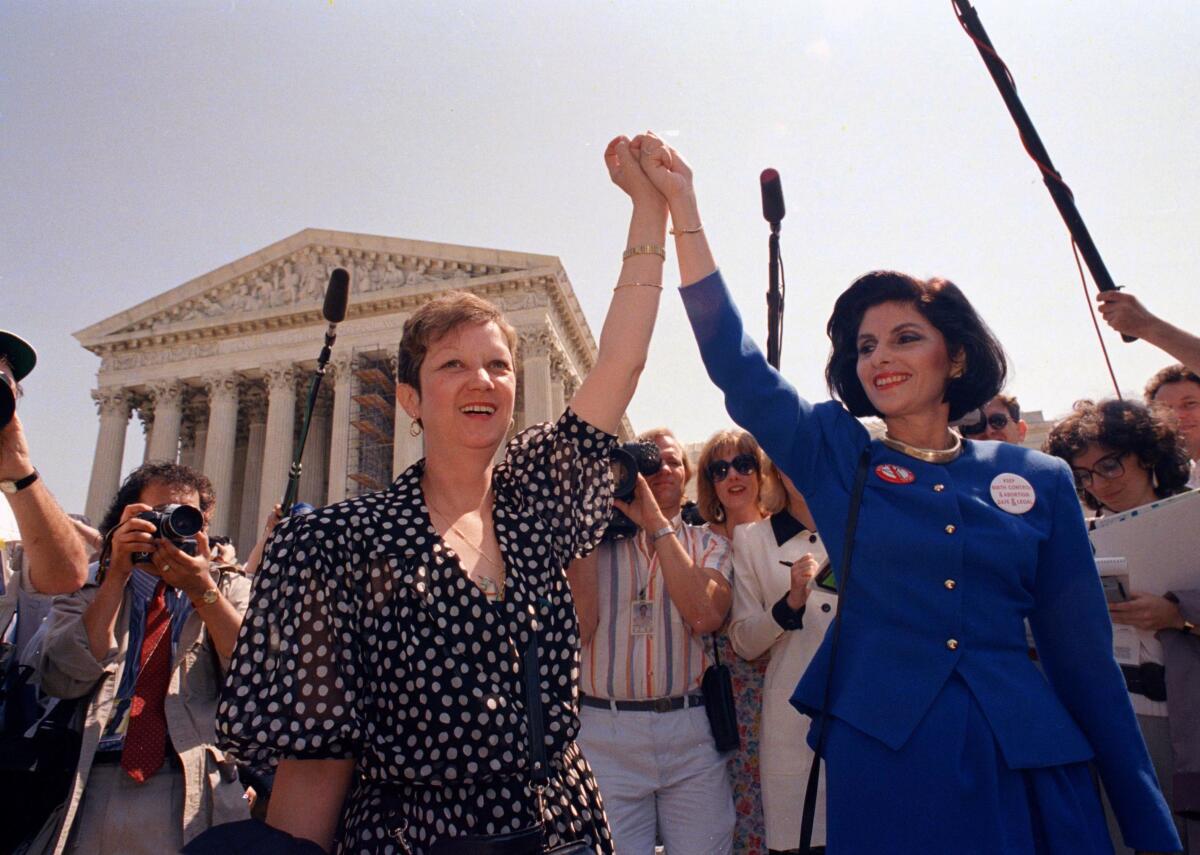
April 22, 1989: ‘Roe vs. Wade’ filming as sensitive as abortion issue
Holly Hunter plays McCorvey in the TV movie “Roe vs. Wade,” which films in Los Angeles and airs May 15, 1989, on NBC. The movie would go on to win Emmys for Hunter and drama or comedy special.
June 25, 1989: Abortion plaintiffs now on opposite sides: Similar pasts, different viewpoints for Roe, Doe
Spurred by Webster vs. Reproductive Health Services, a new abortion-rights case before the Supreme Court, The Times checks in with McCorvey and another once-anonymous plaintiff, Sandra Race Cano — aka Jane Doe, of Doe vs. Bolton.
1994: Publication of “I Am Roe: My Life, Roe V. Wade, and Freedom of Choice”
McCorvey’s first memoir details the circumstances that led her to become involved in the landmark case and her life in the abortion-rights movement in the 20 years since.
May 29, 1995: Neighbors — in name only: For a Dallas abortion clinic, Operation Rescue is too close for comfort
Two months after antiabortion group Operation Rescue moves its national headquarters next door to the Dallas clinic McCorvey oversees — and three months before McCorvey appears to switch sides — The Times reports on the feuding neighbors: “They look like a pack of vultures circling the carcass,” McCorvey said of Operation Rescue volunteers.
Aug. 11, 1995: ‘Jane Roe’ plaintiff now says abortion is wrong
McCorvey goes public with her opposition to abortion two days after leaving her job at a women’s clinic, saying, “I’ll be serving the Lord and helping women save babies. I will hold a pro-life position for the rest of my life.”
Aug. 12, 1995: ‘Roe’ conversion distracts abortion-rights activists
President Bill Clinton comments on McCorvey’s apparent defection in an interview with MTV, calling it a personal choice of the kind reproductive-rights advocates seek to protect: “There is a wholesale assault on the right to choose going on in the Congress now in all kinds of little, indirect ways.”
Aug. 19, 1995: Abortion foes see boon in ‘Jane Roe’s’ switch
Prominent antiabortion groups celebrate McCorvey’s new stance, including the Christian Coalition, the National Conference of Catholic Bishops’ Secretariat for Pro-Life Activities and Operation Rescue, which McCorvey later said paid her to speak out against abortion.
A mode of communication designed to get us to stay home, often skewered as the “boob tube” or “idiot box,” TV kept its lights on as others flickered out.
1998: Publication of McCorvey’s second memoir, “Won by Love”
In her second book, “Won by Love: Norma McCorvey, Jane Roe of Roe v. Wade, Speaks Out for the Unborn as She Shares Her New Conviction for Life,” McCorvey explains her about-face on abortion rights.
Annie Leibovitz publishes an image of McCorvey in her new collection, “Women,” in which she is “clutching a gold crucifix, eyes closed in evangelical fervor,” according to The Times.
2017: Norma McCorvey, once-anonymous plaintiff in landmark Roe vs. Wade abortion case, dies at 69
McCorvey dies of heart failure at an assisted living facility in Katy, Texas.
2020: The woman behind ‘Roe vs. Wade’ didn’t change her mind on abortion. She was paid
The release of the documentary “AKA Jane Roe” sparks another wave of furious debate over abortion rights and McCorvey’s role in the issue’s fraught political history.
Staff writer Meredith Blake contributed to this report.
More to Read
The complete guide to home viewing
Get Screen Gab for everything about the TV shows and streaming movies everyone’s talking about.
You may occasionally receive promotional content from the Los Angeles Times.

